The Shocking Truth Behind Viral Food Trends: Fake Duck Blood and Additive-Filled Desserts Exposed
Many trendy foods online use fake ingredients and harmful additives. Learn the truth behind fake duck blood and additive-filled desserts to stay safe.
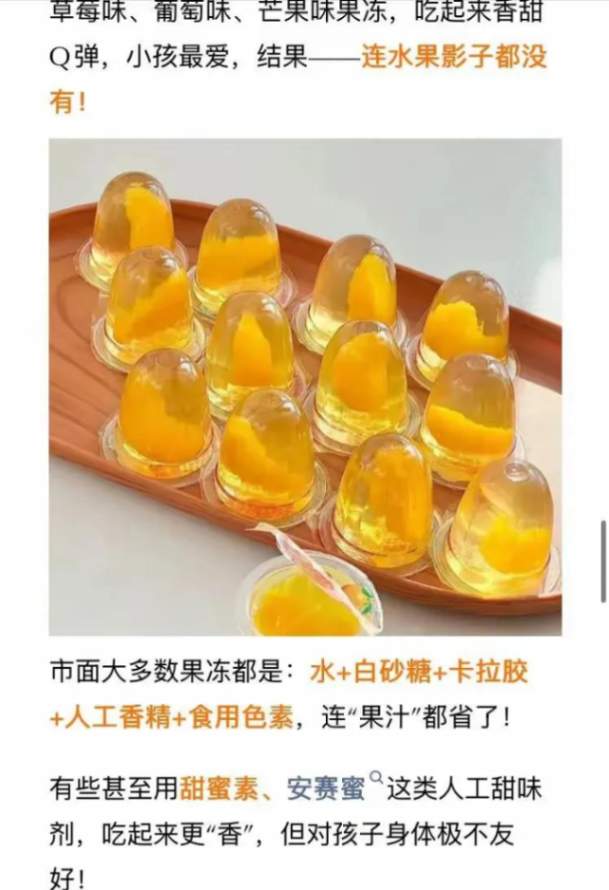
Introduction: When Viral Foods Become a Health Nightmare 😡
Online celebrity food shops have taken the internet by storm, promising mouth-watering treats and new taste sensations. But beneath the layers of fluffy cream and colorful toppings, a disturbing truth lurks. Recently, I stumbled upon unsettling videos exposing the use of fake duck blood and chemically laden desserts in these popular outlets. This frustrating discovery has me questioning what exactly we're putting into our bodies while chasing viral food crazes.
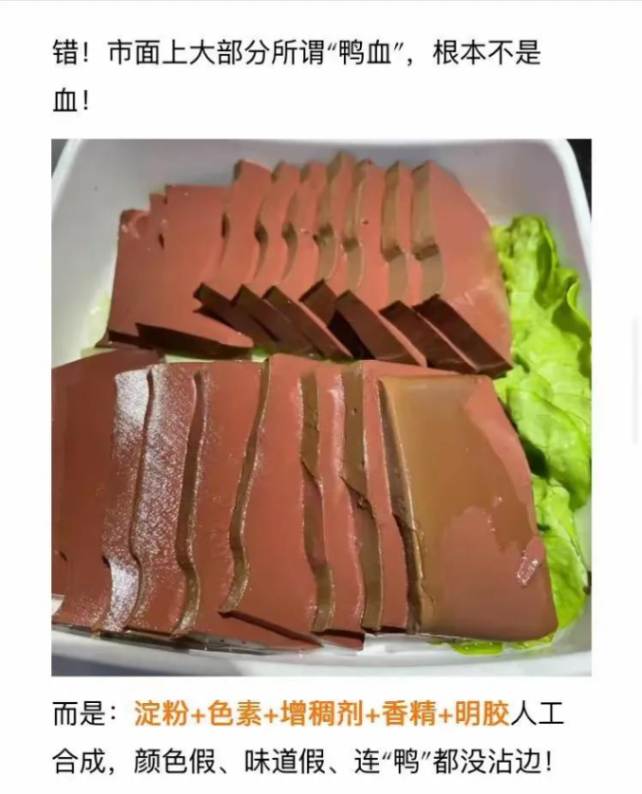
The Ugly Reality of Fake Duck Blood 🦆💉
Duck blood vermicelli soup has been a staple in many people's diets, but what if that “duck blood” isn't from a duck at all? Shocking reports have revealed that many vendors use a gelatinous gel made from starch, gelling agents, and industrial pigments instead of the real thing. This mass-produced fake blood is cheaper to make but can cause digestive issues like diarrhea. The kicker? Some shops openly admit that real duck blood's price has soared, forcing them to use these concoctions.
This deceptive practice feels like a betrayal to loyal customers. Imagine savoring what you thought was a traditional delicacy, only to find out it’s a chemically engineered imposter. Not only is it misleading, but it might also be bad for your gut health. 🙅♂️
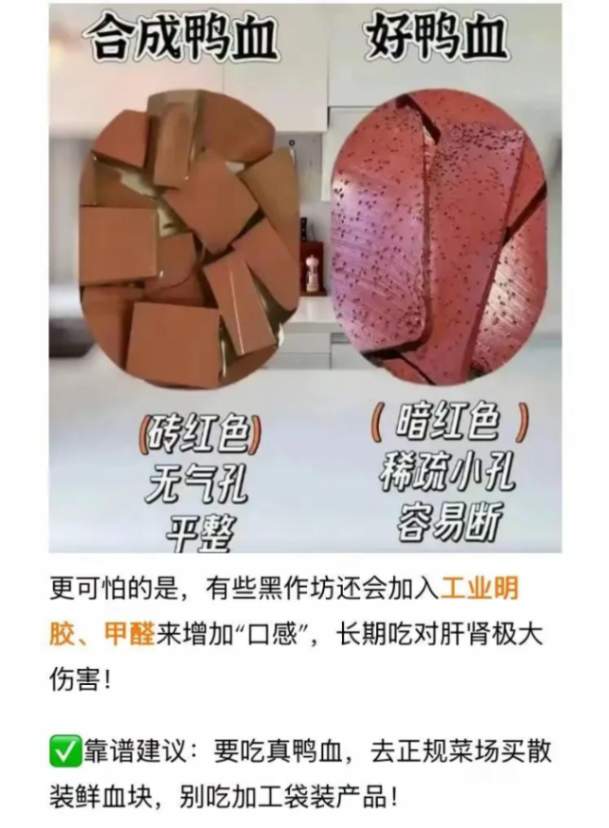
Beware of Additive-Filled Desserts 🍰🚫
Next time you order a milk tea or a dessert topped with fluffy cream, think twice! That innocent-looking whipped topping is often made from vegetable cream loaded with trans fats and artificial food coloring. These additives can lead to weight gain and increase heart disease risk if consumed frequently. Some popular dessert shops substitute real butter with this vegetable cream to cut costs, which is a sneaky way of hiding unhealthy ingredients behind appealing visuals.
Interestingly, lab tests have confirmed significant differences between vegetable cream and authentic butter, exposing the health risk disguised as a harmless treat. So much for "sweet and trustworthy," right? 🤦♀️
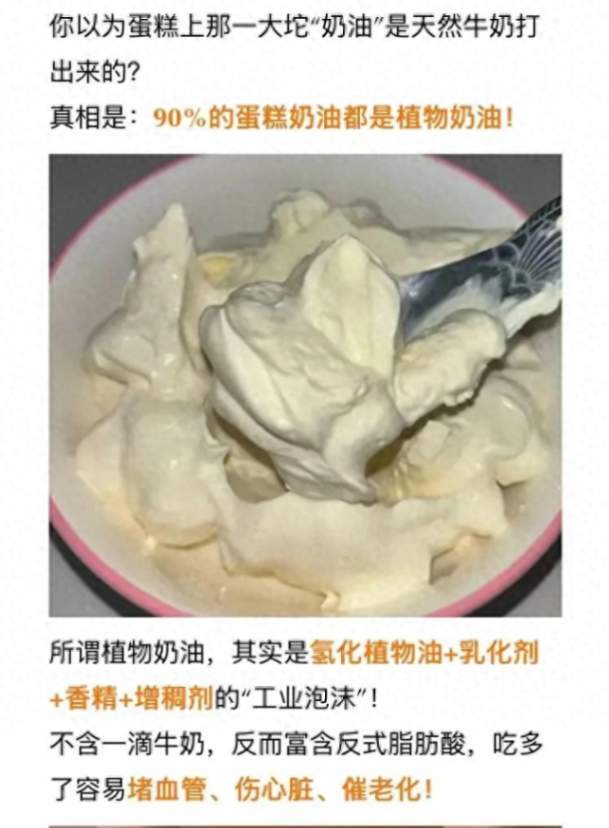
Processed Meats: When Meat Content is a Lie 🍖⚠️
Processed meat products such as starch sausages also add another layer to this food deception. Meat content in these products can be less than 30%, replaced mainly by starch and preservatives. Lower-brand products tend to be worse offenders, but even big brands might not be as pure as you think. Online videos comparing product cross-sections reveal drastic differences in texture and color between legit and fake versions.

Consuming these may not only disappoint your taste buds but also expose you to excessive preservatives and additives, which are far from healthy. Moderation here isn't just advice; it’s a must! 🛑
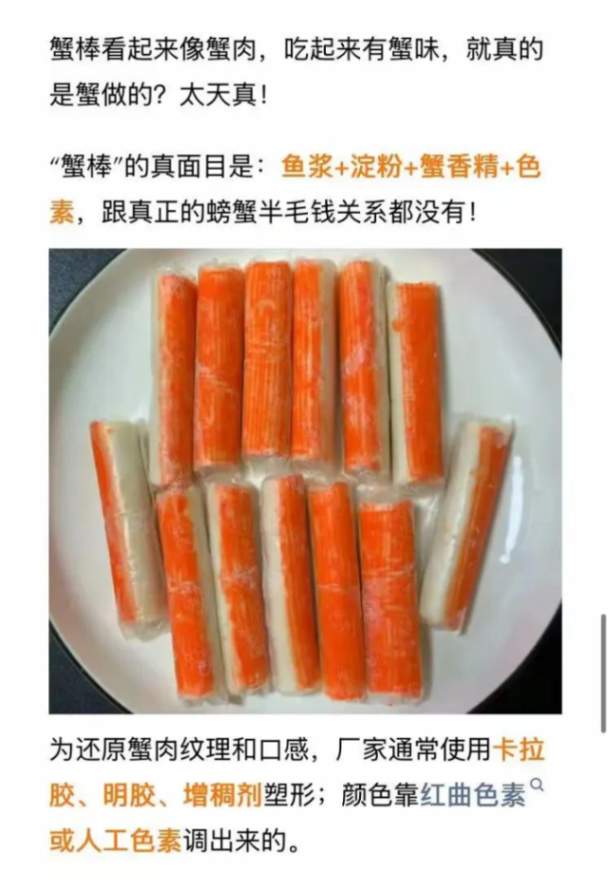
Regulations & Consumer Awareness: The Battle Ahead 🏛️🔍
Market supervision authorities have started clamping down on non-compliant vendors, with some caught during surprise inspections using industrial pigments in fake duck blood—posing serious poisoning risks! While regulations tighten, many small vendors still sneak in cheap, hazardous materials to save costs. It’s an ongoing game of cat and mouse.
Interestingly, "0 additive" products have surged in popularity, but some brands are playing word games, masking additives under different terminology. Thankfully, stricter nutritional labeling is on the horizon, empowering consumers to make more informed choices when shopping.
Final Thoughts: Stay Skeptical and Healthy 🧐🍽️
After a personal experience where I suffered stomach pain post a duck blood vermicelli dinner from a supposedly reputable online shop, I learned a hard lesson: not all popular brands guarantee quality. Attractive packaging and hype can often mask questionable ingredients.
It's essential to stay vigilant, read ingredient labels carefully, and prefer trusted sources. Viral trends might be tempting, but your health should always come first. Remember, transparency in food isn't just a luxury—it's a necessity.
So next time you crave a viral snack, ask yourself: Is it really as good as it looks, or is it a chemically crafted illusion? Better safe than sorry! 🚫🍴




